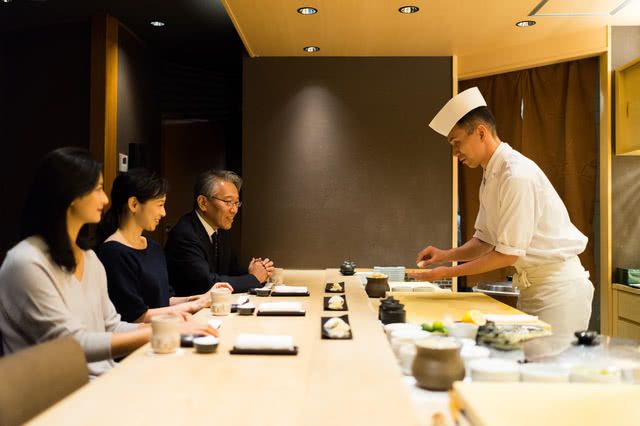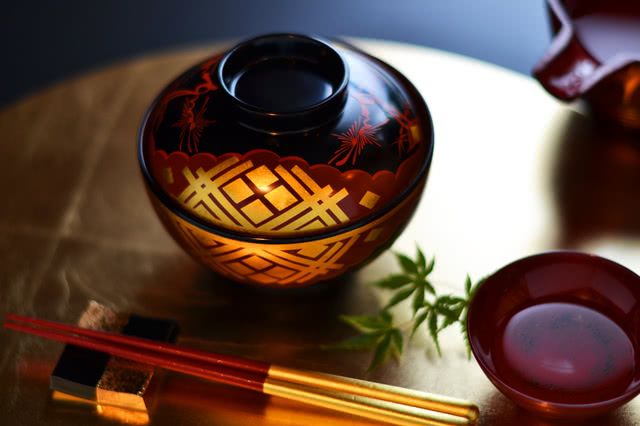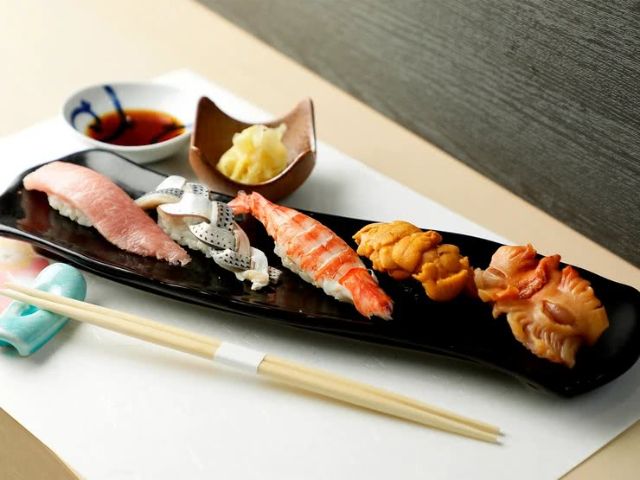![[2023 Edition] What Is the Difference Between Kappo and Ryotei? A Look Into the Deep World of Japanese Cuisine](https://rimage.savorjapan.com/svj_tmp/image/discover_oishii_japan/1660/article_head.jpg?t=1730980571)
If you've ever searched for restaurants serving authentic washoku (traditional Japanese cuisine) in Japan, then you must have seen the terms "kappo" and "ryotei." Both kinds of restaurants serve Japanese dishes, but each has its own unique characteristics that differentiate it from the other. In this article, their differences will be discussed in detail in a way that is easy to understand, and a couple of highly recommended kappo and ryotei will be featured!
What Is the Difference Between Kappo and Ryotei?

Before delving into the differences between these two types of restaurants, it would be best to first take a look at what kind of restaurants they are.
A kappo is a restaurant where you can enjoy traditional Japanese cuisine, freshly cooked by the chef, while sitting on a counter seat or at a table in the dining area. If a guest sits at the counter, they will get to see the chefs in action as they whip up delicious dishes. Kappo does not consist of just high-class restaurants but also places that are more accessible to the general public.
On the other hand, a ryotei is a restaurant where reservations are required as a rule. They are places where guests usually eat course-style meals in the comfort of a private room that has dedicated waiting staff. Guests can also invite a maiko or geisha to join their gathering. A geisha is a woman whose job it is to entertain and enliven a party by singing, dancing, playing the shamisen, or performing some other form of art. Meanwhile, a maiko is a woman training to become a geisha.
![[2023 Edition] What Is the Difference Between Kappo and Ryotei? A Look Into the Deep World of Japanese Cuisine](https://rimage.savorjapan.com/svj/image/discover_oishii_japan/1660/article_283049_w640z.jpg)
A ryotei is more expensive than a kappo, as evidenced by the fact that politicians and company executives are sometimes seen holding meetings in a ryotei. Some ryotei do not even accept first-time visitors and require a referral from a regular patron for you to get in.
In recent years, however, more and more ryotei have opened their doors to first-timers. So, if you find an interesting ryotei and want to go there, make sure to make a reservation. It will definitely make your visit to Japan even more memorable!
There is another type of cuisine that many find difficult to distinguish from kappo cuisine, and it is kaiseki ryori. Tracing its roots back to the tea ceremony, kaiseki ryori originally referred to a meal served before enjoying a cup of delicious tea.
Unlike kappo cuisine, where people order directly from the counter or some other seat that is close to the kitchen and the food is served one dish at a time, with kaiseki ryori, there is virtually a set order for serving dishes according to how they are cooked.
What to Wear and How to Behave When Dining in a Kappo or Ryotei

- Dress code
It is best to avoid flashy and brightly colored clothes, as well as outfits that show too much skin. Guests should dress as they would when dining in a fancy restaurant and wear something like slacks or an elegant dress.
There might be a chance of having to sit on tatami flooring, so it is advised not to go barefoot and wear socks or stockings.
In addition, it is recommended to avoid wearing overpowering perfume to fully enjoy the delicate aromas and tastes of the food.
- Dining etiquette
While most people enjoy talking and drinking while eating, please remember that most of the guests in high-class restaurants prefer going there for some peace and relaxation. With that in mind, guests should refrain from talking in a loud voice.
![[2023 Edition] What Is the Difference Between Kappo and Ryotei? A Look Into the Deep World of Japanese Cuisine](https://rimage.savorjapan.com/svj/image/discover_oishii_japan/1660/article_283051_w640z.jpg)
Ozashiki asobi is the collective term for the various forms of entertainment provided by a geisha, including dancing while a maiko or geisha plays the shamisen or sings, and a unique geisha game that is based on rock-paper-scissors. Inviting a maiko or geisha requires an additional fee called "ohanadai" (around 30,000 JPY to 50,000 JPY) on top of the cost of the meal.
Tourists in Japan wanting to try ozashiki asobi can do so without breaking the bank by booking a tour that will let them experience great food and the hospitality of a maiko or geisha at the same time and at a reasonable price. It should be easy to find a ryotei offering deals and packages for tourists in Kyoto and other places where there are many tourists.
A maiko or geisha will serve the guests but as they do not eat during the ozashiki, guests should remember not to offer them any food as well as behave in a polite manner.
Must-Try Kappo and Ryotei
Sushi Kappo Kinari (Kinshicho)

The restaurant's chef is particular about the origin of the fish he uses for his menu, so he goes to Toyosu Market every morning to buy the freshest ingredients he can find. In particular, the Chef's Choice Five Pieces of Nigirizushi and Tempura Assortment will let guests savor the best seafood and vegetables in season.
The ingredients and dishes incorporated in the courses vary depending on the season and availability of ingredients, so guests just have to prepare themselves to be surprised, as they will not know what they are getting until the day of their visit!
![[2023 Edition] What Is the Difference Between Kappo and Ryotei? A Look Into the Deep World of Japanese Cuisine](https://rimage.savorjapan.com/svj/image/discover_oishii_japan/1660/article_283053_w640z.jpg)
There are counter seats, table seating, and horigotatsu table seating available in this restaurant, with the latter being perfect for a more unique Japanese experience.
With horigotatsu table seating, there is a table over a hole in the floor where you can stretch out your legs while you sit on one of the cushions. Even those who are not used to kneeling on a cushion can relax, as they will be very comfortable in this kind of seating.
Sushi Kappo Kinari
Closed: Sunday
Average price: [Dinner] 10,000 JPY
Access: Approximately 5 minutes walk from the south exit of Kinshicho Station
Address: 1F, Sharumu Kinshicho, 2-6-14, Kotobashi, Sumida-ku, Tokyo Map
More Details Reservation
Ginza Kome Ryotei Hachidaime Gihe-e (Yurakucho)

Here, the main star of the show is the rice, as the dishes are made to highlight the deliciousness of the rice. Guests can try the Sea Bream Chazuke Gozen (1,860 JPY), a course that will let them enjoy fresh sea bream with firm flesh in two different ways. First, eat the sea bream as sashimi with condiments and dipped in sesame soy sauce, and after that, place the sashimi on top of the bowl of rice and pour the specially provided broth into it.
![[2023 Edition] What Is the Difference Between Kappo and Ryotei? A Look Into the Deep World of Japanese Cuisine](https://rimage.savorjapan.com/svj/image/discover_oishii_japan/1660/article_283055_w640z.jpg)
There are private rooms inside the restaurant, so guests can savor all the tasty dishes they want without being self-conscious about the other people around them.
Ginza Rice Ryotei Hachidaime Gihei
Average price: [Dinner] 10,000 JPY / [Lunch] 1,900 JPY
Access: 1 minute walk from Exit B7 of Tokyo Metro's Ginza Station, or 5-minute walk from the Central Gate of Yurakucho Station on JR Yamanote Line and Keihin Tohoku Line
Address: Efflore Ginza, 5-4-15, Ginza, Chuo-ku, Tokyo Map
More Details









![Azabudai Hills [SUMI] (Janu Tokyo) ~ Editor's Afterword by the Editor-in-Chief of Japan's Gourmet Site](/gg/content_image//image/discover_oishii_japan/6536/article_head_150x105z.jpg)









